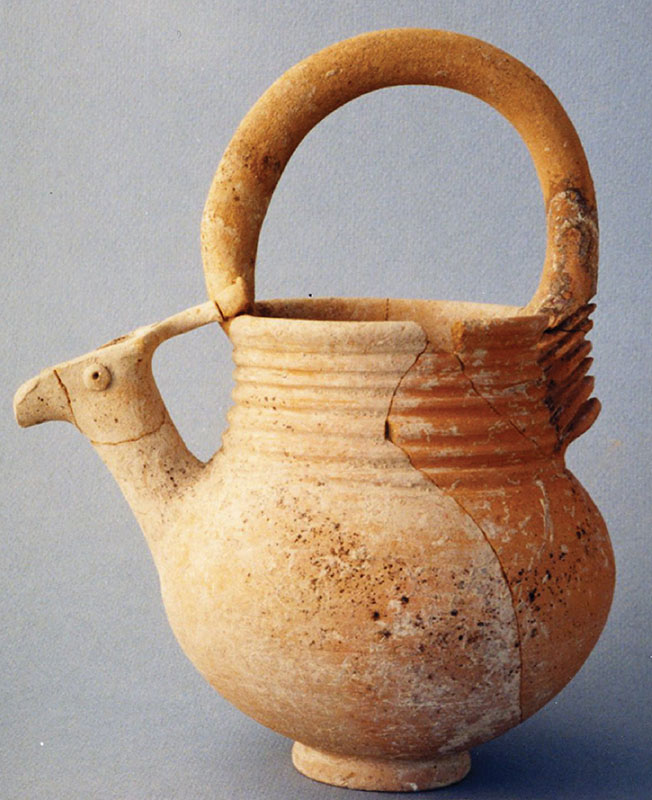October 2015 (119.4)
Article
A Systematic Comparison of Material Culture Between Household Floors and Residential Burials in Late Third-Millennium Mesopotamia
A systematic comparison between funerary and house-floor artifacts at the site of Titriş Höyük in southeastern Turkey demonstrates that an overall sense of domesticity and routine was a large part of residential mortuary practice in Mesopotamia in the late third millennium B.C.E. In particular, this comparative analysis reveals that undecorated, everyday dishes were among the most common grave goods in residential burials, suggesting that repetitious, quotidian activities were the primary focus of mortuary symbolism in these tombs. The living do not seem to have incorporated special material culture when they buried their dead. Whether these artifacts were mortuary gifts or remains of funerary feasts, only ordinary items were placed in the tombs as grave goods. This is consistent with the apparent absence of interest in special embellishment of the corpse or the tomb architecture. The observed patterns include the diminished importance of certain aspects of regular life and the minimized expression of individual identities in the mortuary contexts.
